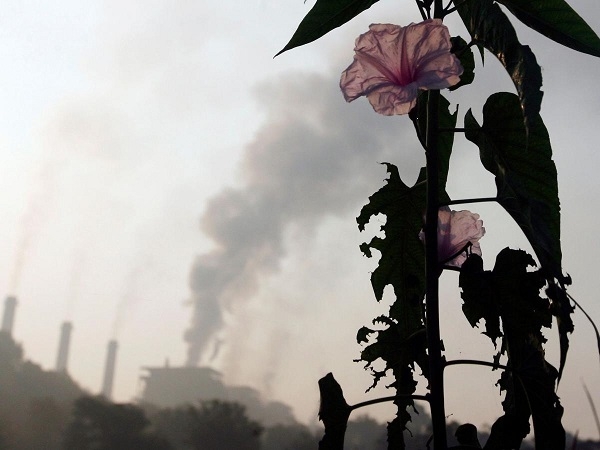Brilliant solution to rising carbon levels! Indian Scientists design process to naturally reduce atmospheric carbon dioxide
Total Views |
New Delhi, Mar 18: Indian Scientists have found a method to mimic nature’s own process of reducing carbon dioxide in the atmosphere, called the photosynthesis, to capture excess carbon dioxide in the atmosphere. The artificial photosynthesis process harnesses solar energy and converts the captured carbon dioxide to carbon monoxide (CO), which can be used as a fuel for internal combustion engines.

Also read: Dr Sonu Gandhi receives prestigious SERB Women Excellence Award
In artificial photosynthesis (AP), scientists are essentially conducting the same fundamental process in natural photosynthesis, however, with simpler nano structures. However, there are plenty of hurdles to overcome as a successful catalyst to carry out AP. A team of scientists from the Jawaharlal Nehru Centre for Advanced Scientific Research (JNCASR), which is an autonomous institute of the Department of Science & Technology (DST), have designed and fabricated an integrated catalytic system based on a metal-organic framework (MOF-808) comprising of a photosensitizer that can harness solar power and a catalytic centre that can eventually reduce CO2.
The Photosensitizer consists of molecules which absorb light and transfer the electron from the incident light into another nearby molecule. The work has been accepted for publication in the journal ‘Energy & Environmental Science’ of Royal Society of Chemistry, UK. The scientists have immobilized a photosensitizer, which is a chemical called ruthenium bipyridyl complex and a catalytic part which is another chemical called rhenium carbonyl complex, inside the nano-space of metal-organic framework for artificial photosynthesis.
Both the molecular entities stay in close proximity in the confined nano-space of a porous metal-organic framework system resulting in excellent CO2 uptake capability at room temperature. This synthetic strategy empowers efficient solar light-driven photocatalysis. The JNCASR team believes this intricate design and synthetic approach will pave the way to develop new integrated catalytic systems for CO2 capture and conversion of different energy-rich C1 and C2 chemical feed-stocks, by mimicking artificial photosynthesis.